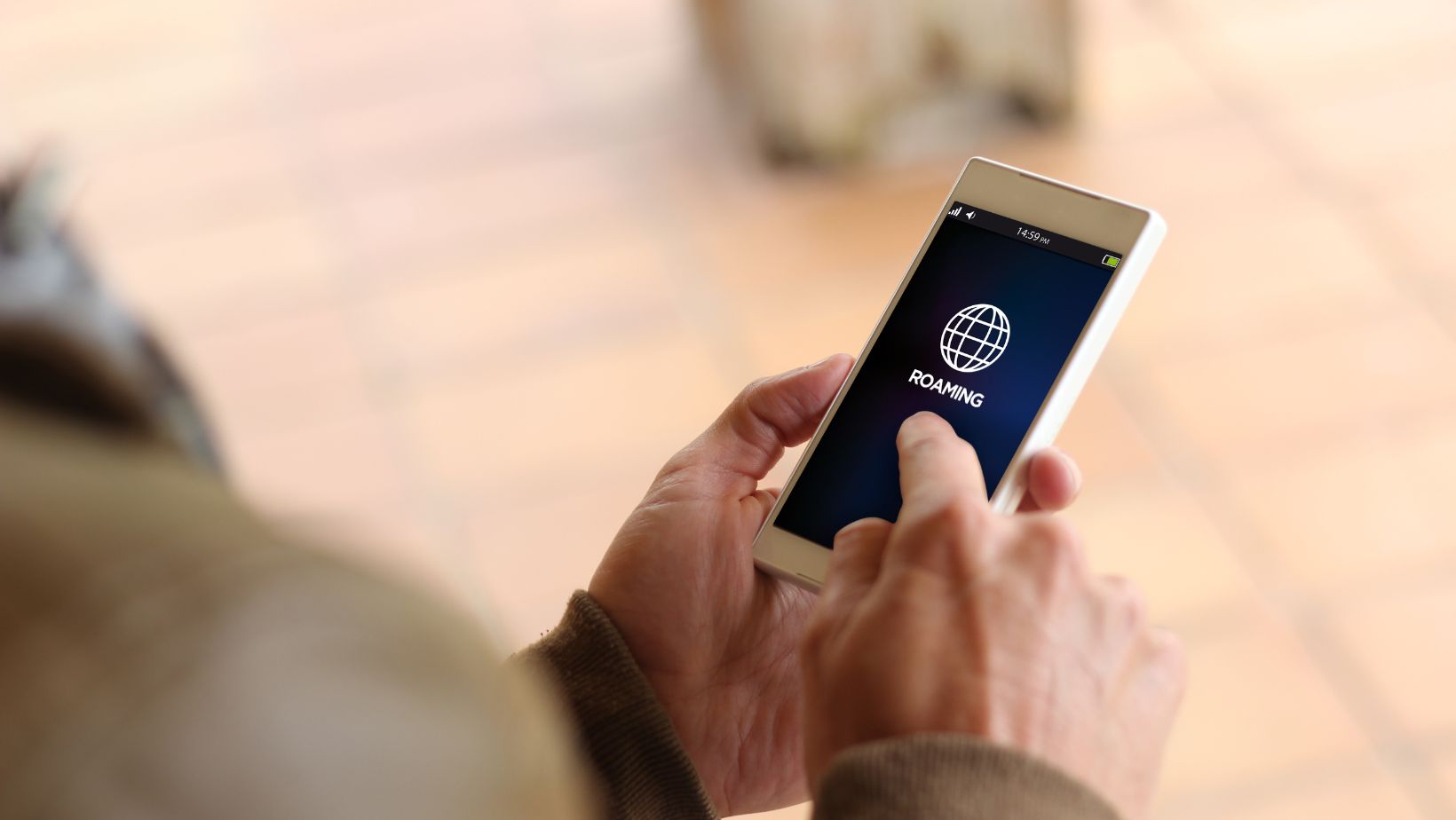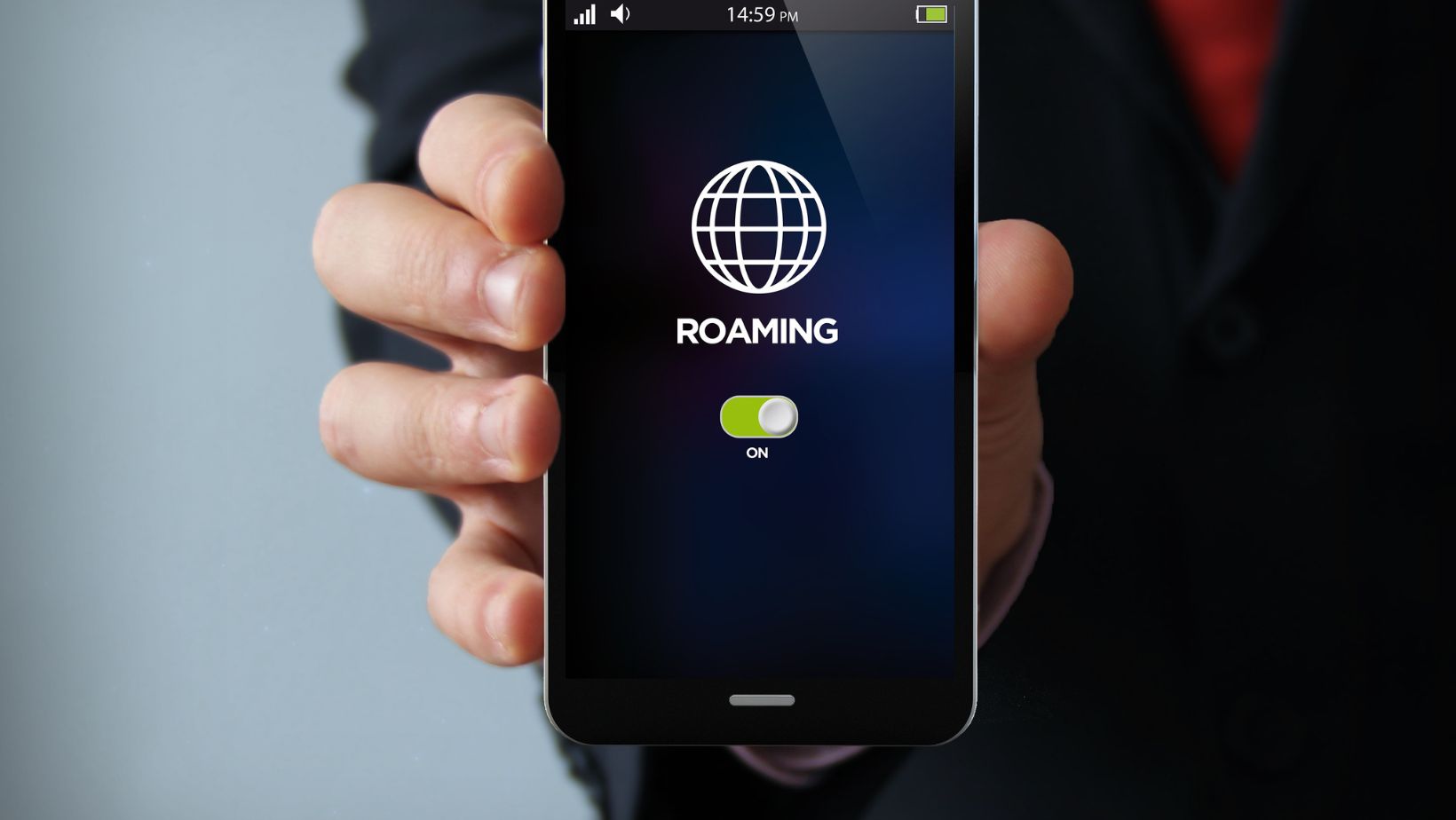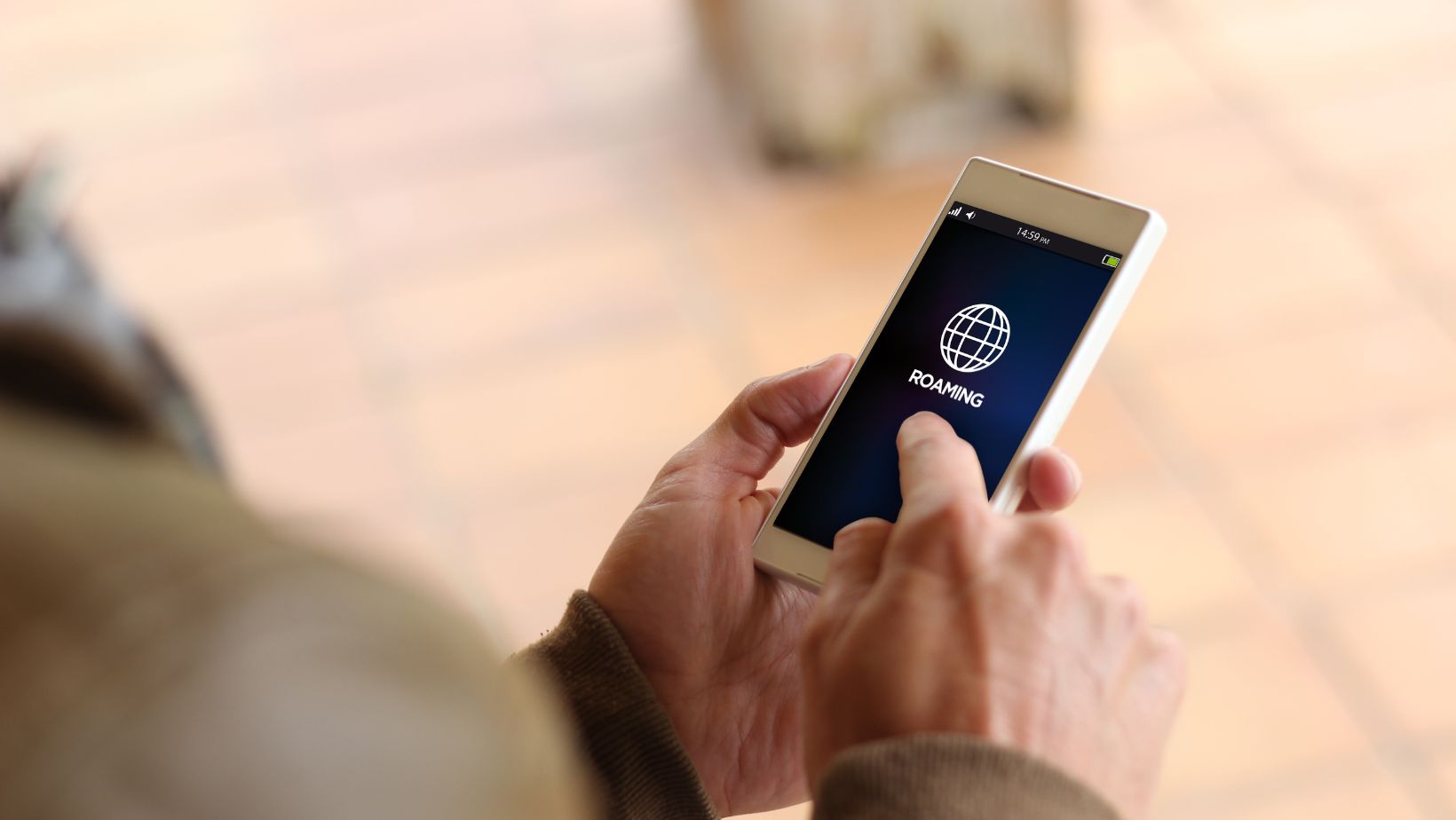
Travelling internationally provides amazing experiences, however it also often comes with unforeseen expenses, including high roaming fees for mobile data. Being connected while overseas is crucial for navigation, communication, and staying in touch with family and friends, but this does not need to be expensive. By using the correct techniques and resources, you can avoid these fees and have uninterrupted internet access wherever your travels take you.
Travelers heading to Europe should consider a Europe prepaid eSIM for data coverage, as it is one of the most convenient options. This digital SIM card provides affordable and reliable connectivity, eliminating the need to switch physical SIM cards in each country. By combining it with a few other smart tips, hefty roaming fees can be avoided and connectivity can be maintained throughout the trip.
Understand How Roaming Fees Work
When you use your mobile phone in a foreign country, you incur roaming fees. These fees occur because your carrier has partnered with local networks to provide you with service, however, this service can be quite expensive, especially when it comes to using data.
Common Roaming Costs:
- Using mobile data for activities such as navigation, streaming, and social media can rapidly increase costs.
- Making or receiving calls, even for brief conversations, can incur significant expenses.
- Roaming charges can also be incurred through sending and receiving text messages.
Understanding what causes roaming fees allows you to take the necessary steps to prevent them.
Turn Off Mobile Data Roaming
Disabling mobile data roaming on your device is the simplest method to avoid incurring roaming fees, as it stops your phone from automatically connecting to local networks and accumulating charges.
How to Disable Roaming:
- Access your phone’s settings and locate the section labeled Mobile Data or Cellular.
- Disable the Data Roaming feature to prevent your phone from using mobile data when you are outside of your home network.
Disabling roaming restricts your connections to Wi-Fi or pre-approved networks, which helps prevent unexpected charges.
Use Prepaid eSIMs
Travelers can now stay connected in a completely new way thanks to prepaid eSIMs. Because eSIMs are digital, they can be downloaded directly to devices, making it simple to switch between carriers.
Benefits of Prepaid eSIMs:
- Prepaid plans are typically more economical than incurring roaming fees.
- Many eSIMs, such as those designed for use in Europe, offer coverage that spans several countries.
- There is no need to switch physical SIM cards or carry several cards for various destinations.
When traveling to Europe, a prepaid eSIM provides a cost-effective and convenient method for accessing data while on the move.
Purchase a Local SIM Card
Buying a local SIM card when you arrive in the country you are visiting is another way to avoid extra charges for roaming. SIM cards from local providers usually have low costs for data, phone calls, and text messages.
How to Get a Local SIM Card:
- Go to a mobile service provider’s store or kiosk when you arrive.
- Select a plan that fits your requirements, such as a prepaid data package.
- Put the SIM card in your phone and then follow the activation instructions.

This option is cost-effective but it may not be the most convenient option for travelers visiting multiple countries because it requires a new SIM card for each country.
Connect to Free Wi-Fi
Wi-Fi is readily accessible in numerous hotels, cafes, airports, and public areas, allowing individuals to remain connected without accumulating additional costs.
Tips for Using Free Wi-Fi:
- Always ensure you are connecting to a legitimate network in order to avoid security risks.
- Using a virtual private network provides additional security, particularly when connecting to public Wi-Fi networks.
- Utilize complimentary internet access to obtain maps, guides, and entertainment that can be accessed without an internet connection.
Free Wi-Fi can be useful, but it should be used in addition to a more reliable connection such as an eSIM or local SIM for optimal results.
Optimize Your Data Usage
Being aware of your data usage can assist in making the most of your prepaid plan or complimentary Wi-Fi sessions by avoiding depletion or surpassing set limits.
Data-Saving Tips:
- Limit Background Data Usage: Prevent apps from automatically updating or operating in the background when using mobile data.
- Utilize the low data mode feature available on various applications such as social media and streaming services, which provide options to reduce data usage.
- Disable auto-play features for videos on apps such as Facebook or Instagram to avoid them playing automatically.
Conserving data helps you stay connected to the important things, such as navigation and communication.
Download Offline Apps and Resources
Being prepared with offline resources before departing guarantees that you will be ready in areas where internet access is limited.
Must-Have Offline Apps:
- To navigate offline, download maps of your destination through Google Maps.
- Language Apps allow you to save important phrases and their translations for use when you do not have access to data.
- Access saved recommendations using travel apps such as TripAdvisor or Lonely Planet.
Having access to offline resources gives you peace of mind and assists in conserving your data.
Check Your Carrier’s Roaming Options
If using an eSIM or local SIM is not a viable option, consider the international roaming options provided by your carrier, as some offer reasonably priced travel packages that cover data, calls, and text messages.
What to Look For:
- Flat-Rate Plans place a fixed limit on the amount you pay for daily roaming costs.
- Some carriers offer short-term packages specifically designed for travel.
- Check that your destination is covered by the plan.

Researching options prior to a trip can aid in avoiding unexpected charges.
Stay Organised and Prepared
Prior to your departure, it is essential to establish and test your connectivity plan to guarantee that all components function as anticipated.
Checklist for Staying Connected:
- Buy and activate either a prepaid eSIM or a local SIM card to start using it.
- Turn off mobile data roaming on your device.
- Download offline apps, maps, and guides.
- Bring a portable charger to ensure your device stays powered.
Proper planning is essential for maintaining connectivity without incurring extra expenses.
By planning ahead and taking advantage of prepaid eSIMs, free Wi-Fi, and offline resources, travelers can stay connected without incurring costly roaming fees during their trips.



